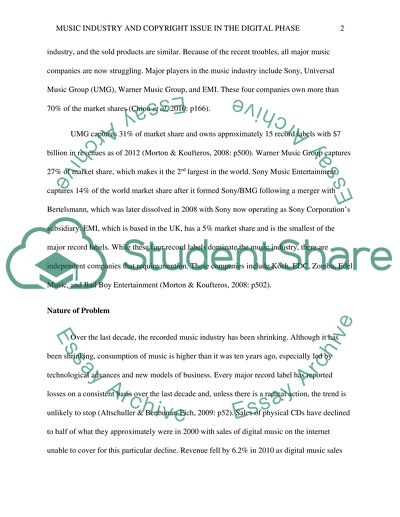Cite this document
(“The Music Industry and Copyright Issue in The Digital Phase Essay”, n.d.)
Retrieved from https://studentshare.org/music/1473073-the-music-industry-and-copyright-issue-in-the-digital-phase
Retrieved from https://studentshare.org/music/1473073-the-music-industry-and-copyright-issue-in-the-digital-phase
(The Music Industry and Copyright Issue in The Digital Phase Essay)
https://studentshare.org/music/1473073-the-music-industry-and-copyright-issue-in-the-digital-phase.
https://studentshare.org/music/1473073-the-music-industry-and-copyright-issue-in-the-digital-phase.
“The Music Industry and Copyright Issue in The Digital Phase Essay”, n.d. https://studentshare.org/music/1473073-the-music-industry-and-copyright-issue-in-the-digital-phase.


